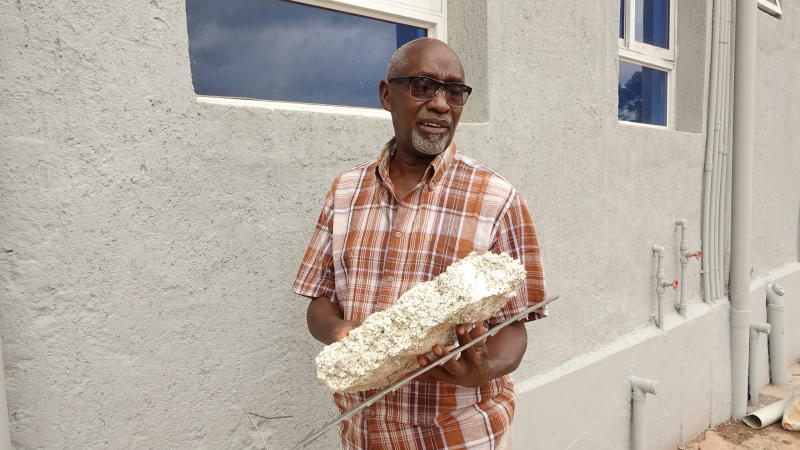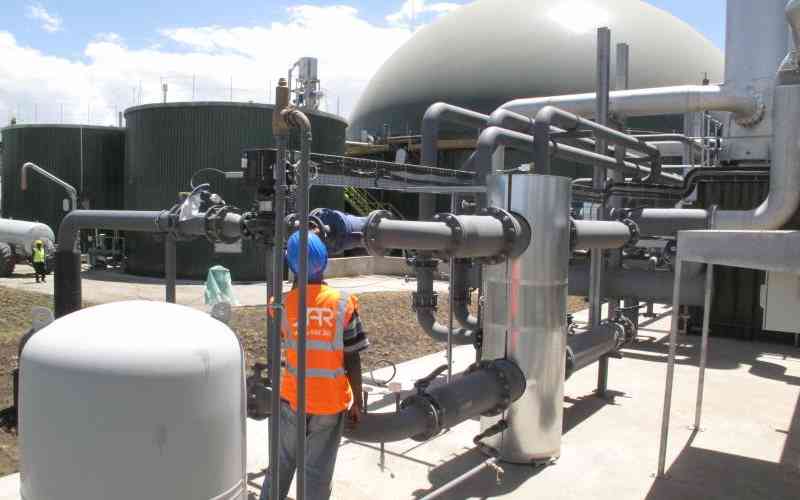×
The Standard e-Paper
Join Thousands Daily

Former Roads Minister Franklin Bett displays a piece of expanded polystyrene panel used to build part of Siloam Hospital. [Nikko Tanui, Standard]
Hospitals and other institutions offering essential services are slowly adopting new building technologies in their expansion plans to out-compete peers in the market.







